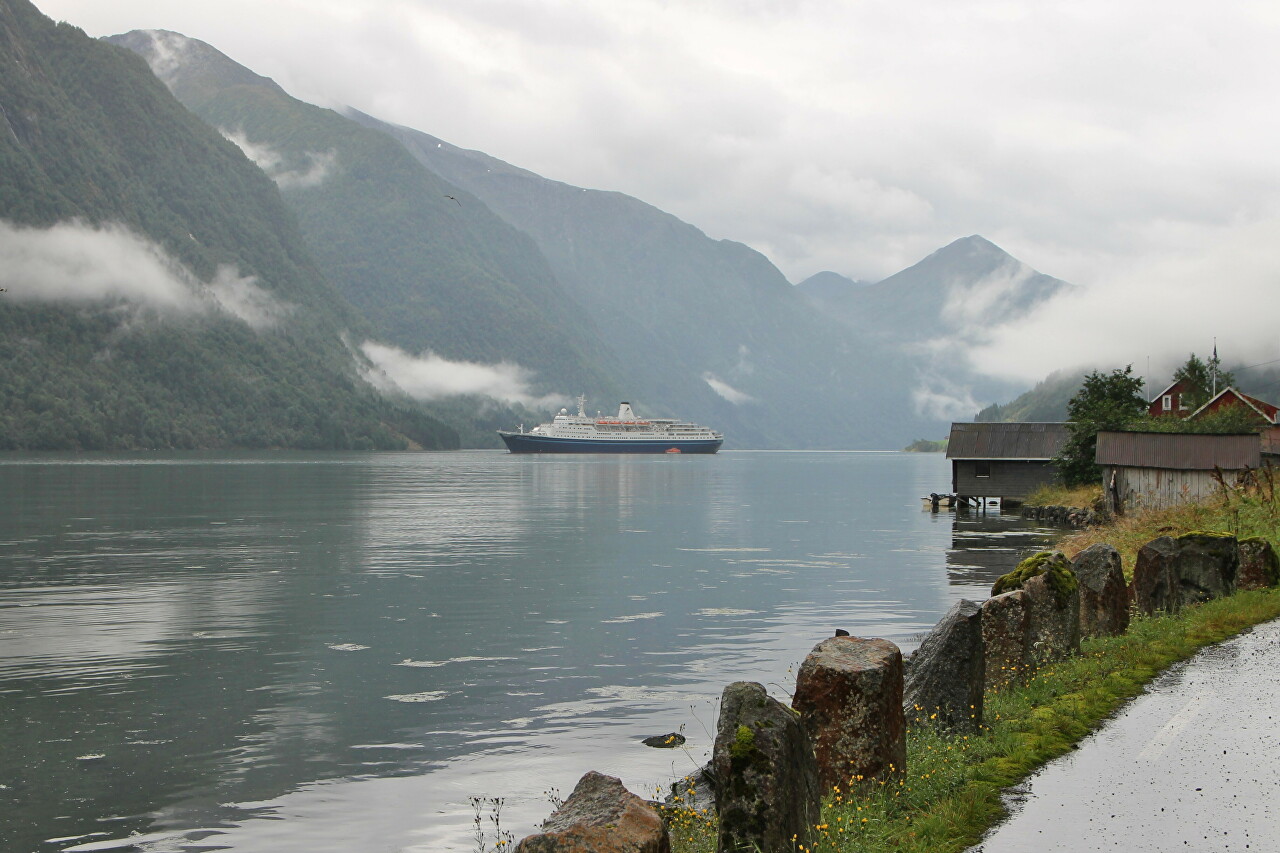Fjærland
The Fjærlandfjorden boat ride is coming to an end as we approach the pier of Fjærland village, located at the very end of this picturesque arm of the Srogne Fjord.
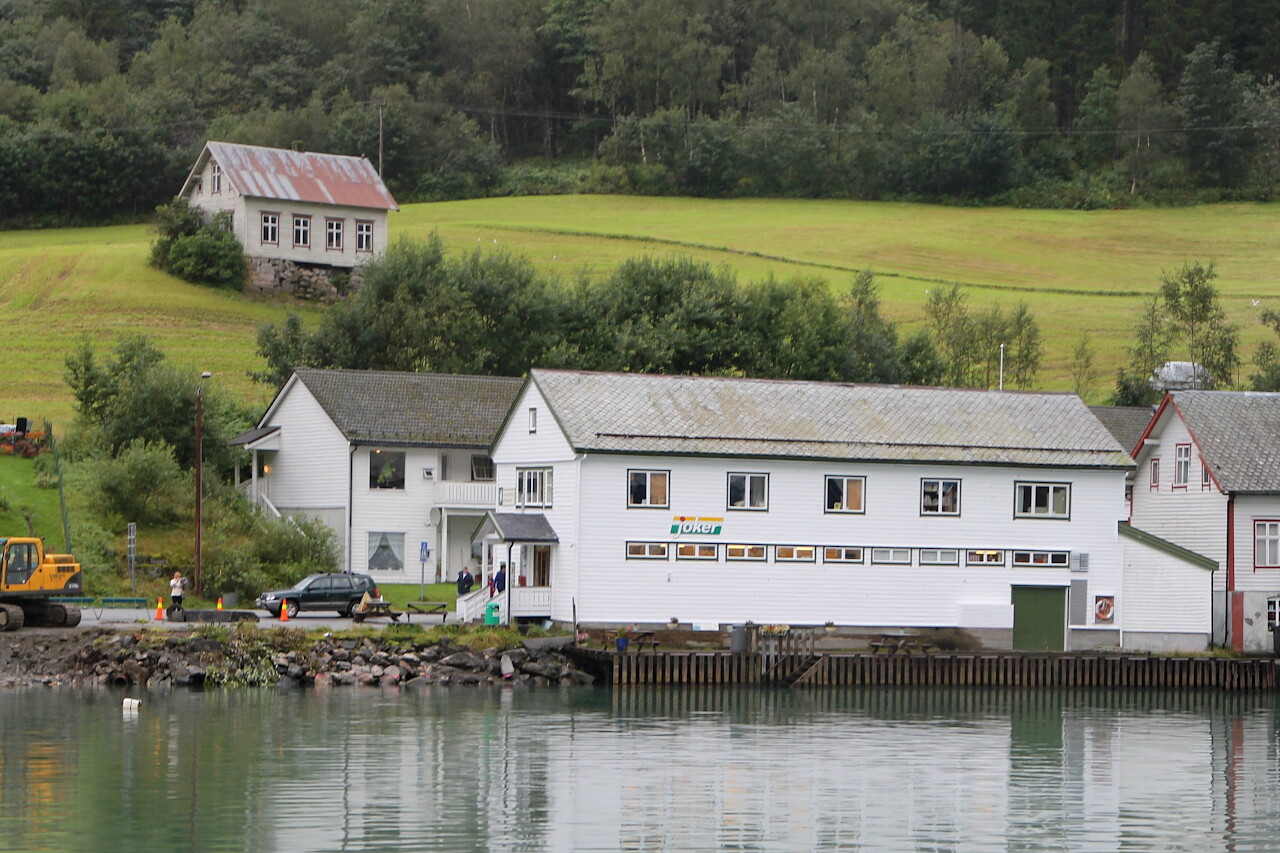
The village is located at the mouth of the Mundalselva River, which forms the gentle Mundal Valley. Archaeological finds indicate that human settlements here were in the late Stone Age, during the Viking age, they were already actively engaged in agriculture.
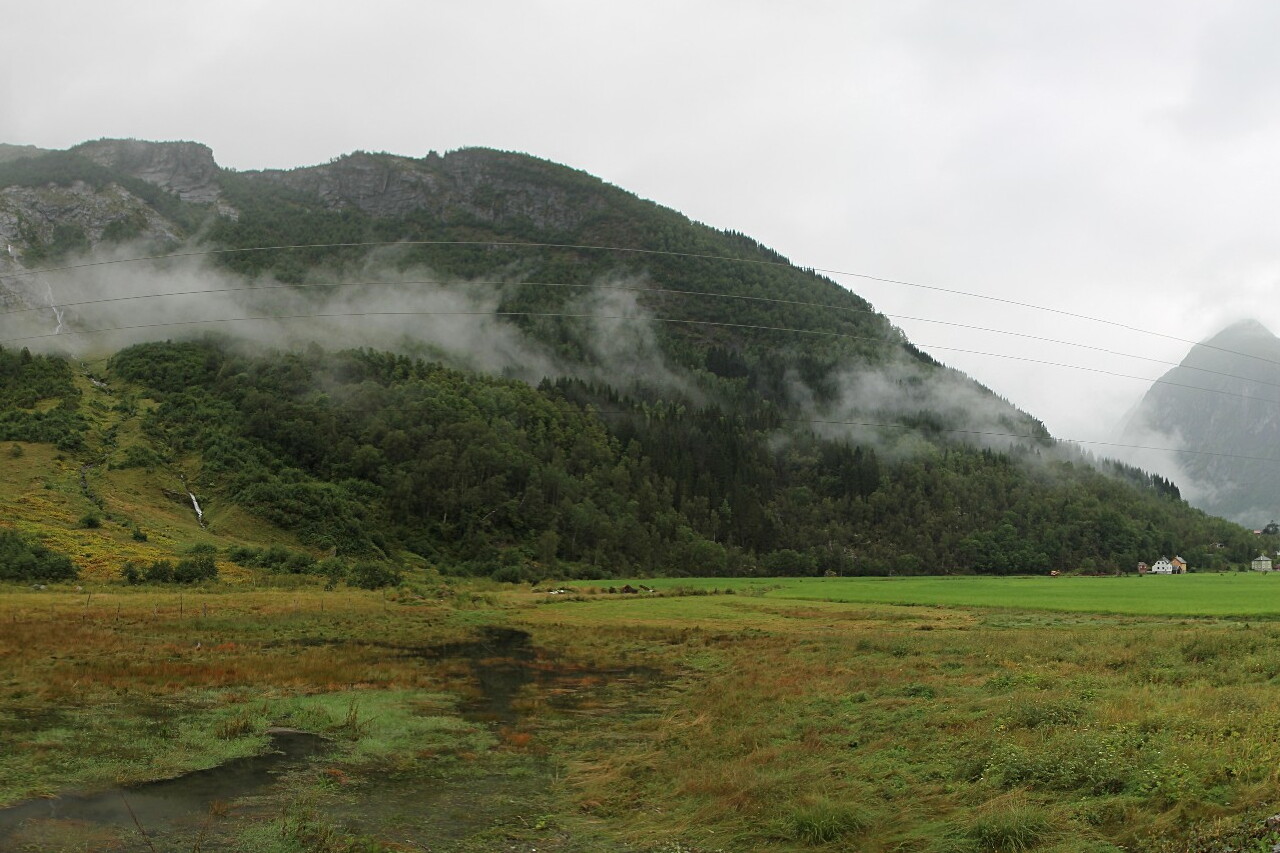
Despite the fact that the climate and land of Mundal contributed to successful farming, the isolation of the village hindered its development, which served as a mass migration of farming families to the United States at the turn of the 19th and 20th centuries.
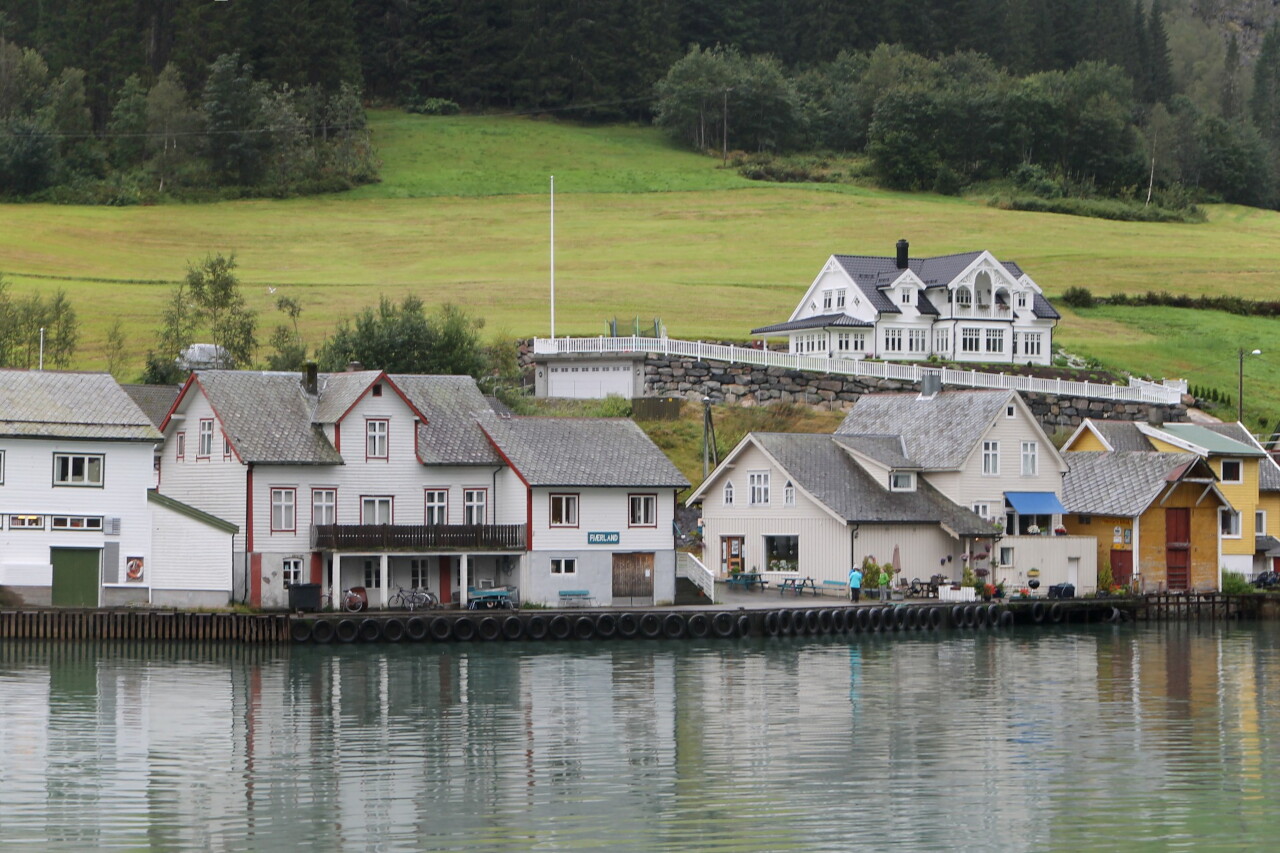
Fjærland was formed as a trading post for the needs of the farmers of the Mundal Valley, shops and storage sheds were built right by the water. Now these picturesque houses house shops, cafes and craft workshops.
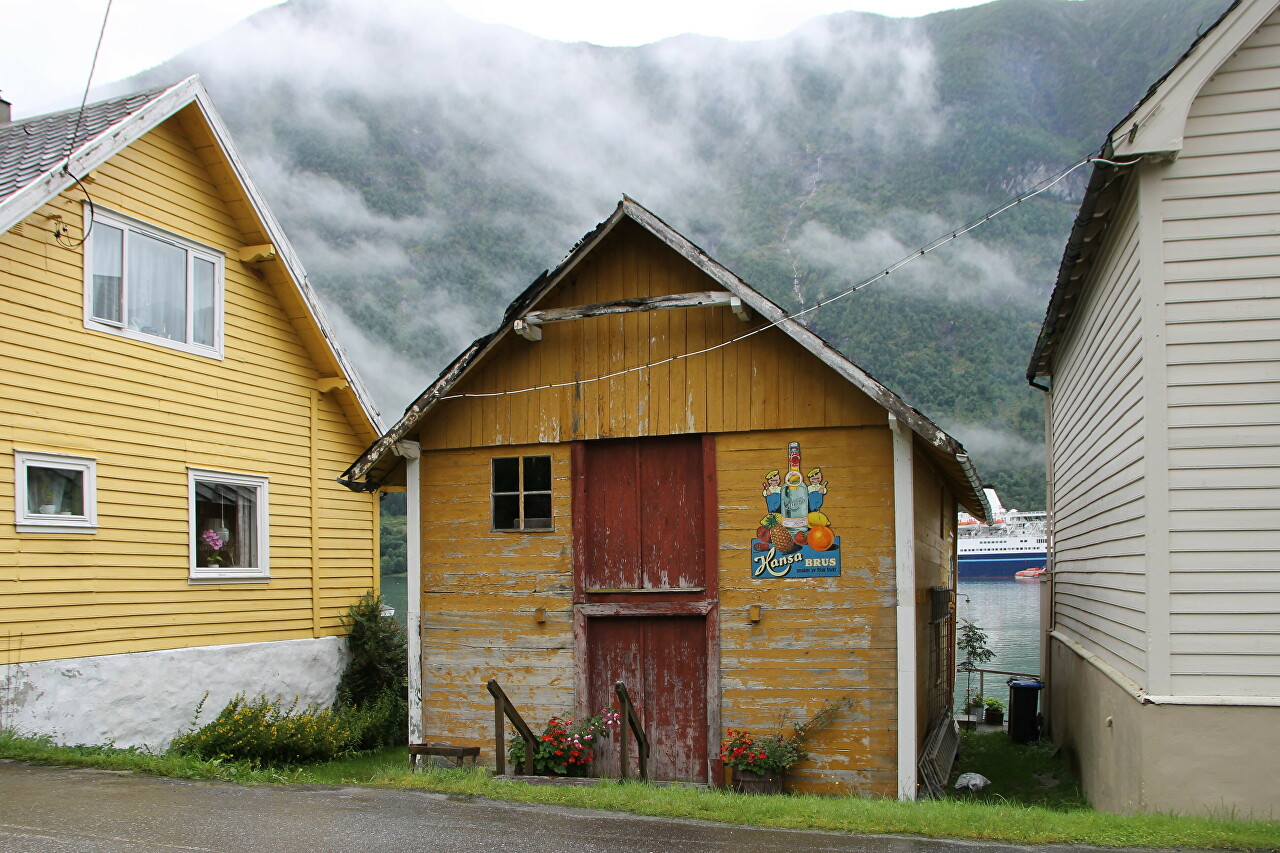
At the end of the 19th century, mountain tourism was gaining popularity and Fjærland began to attract lovers of climbing rocks and glaciers. In the summer of 1891, the Mundal Hotel opened, which quickly became a popular meeting place for mountain adventurers from England and earned the nickname "Outpost of the British Empire". This is one of the most original wooden hotels in Norway, with 35 rooms with authentic surroundings from the early 20th century, suitable for a family or romantic holiday.
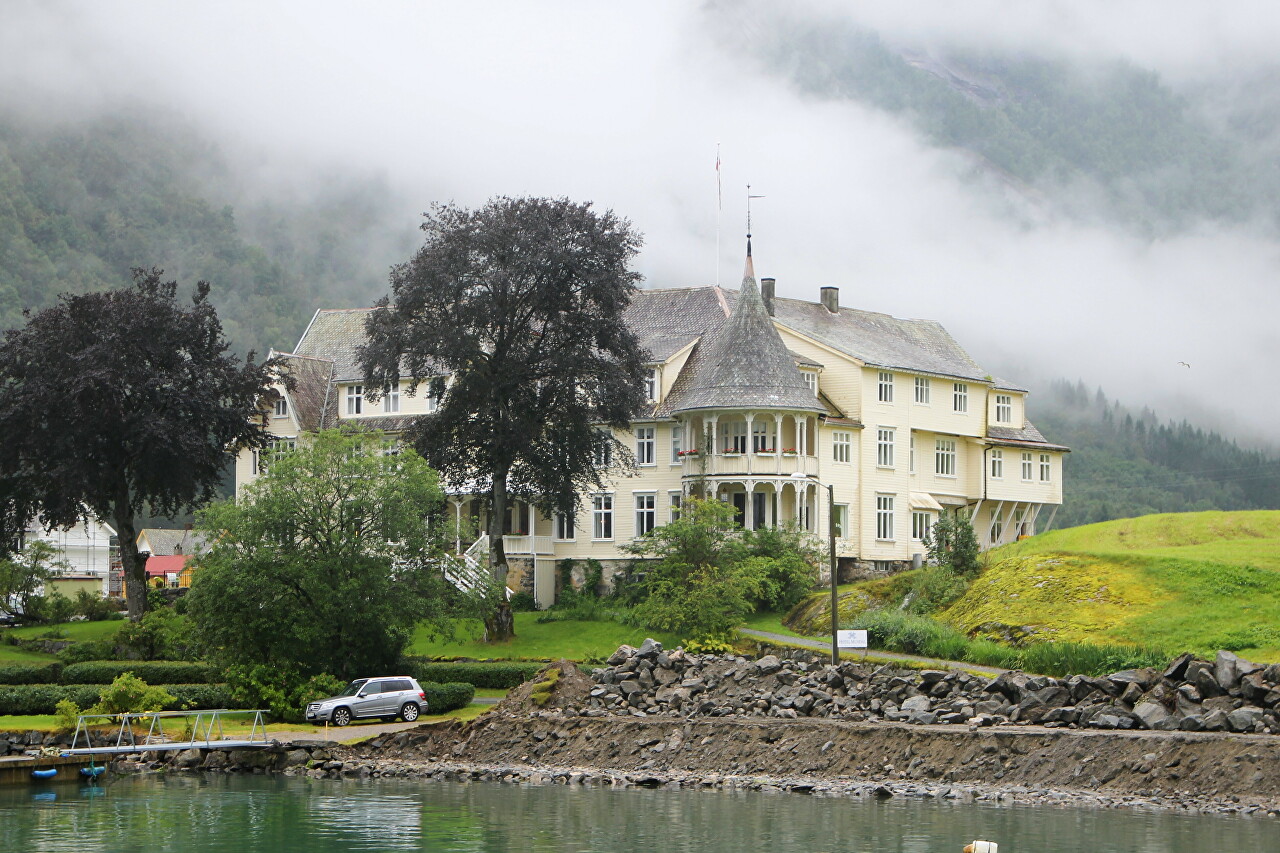
Another attraction of Fjærland is the large wooden church, which can accommodate up to 300 parishioners. Historians believe that the first wooden church in Mundal appeared in the 13th century. Then there was a medieval stone church, destroyed by a severe storm in the 17th century, then again a wooden one. In 1861, the church was demolished to make way for the current church. In 1931, the church was reconstructed and expanded, and a tower with a spire appeared on the roof.
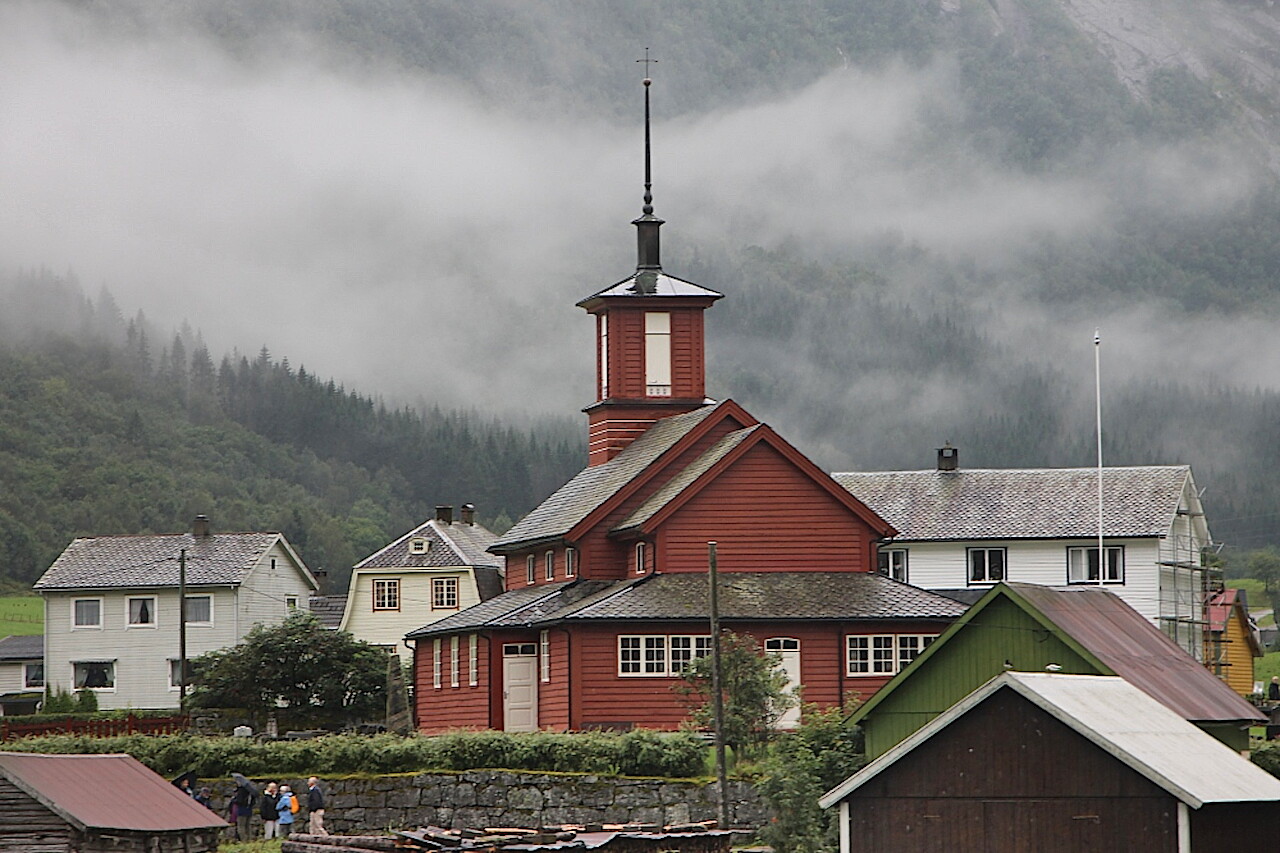
Fjærland is often referred to as the "book city" (Bokby) or "book capital of Norway". This was started in 1995 and now there are many second-hand bookstores, and open bookshelves are located right on the streets. Local residents claim that the total length of the bookshelves reaches 5 kilometers. Every year in May and June, a book fair is held, which also works all year round in an online format.
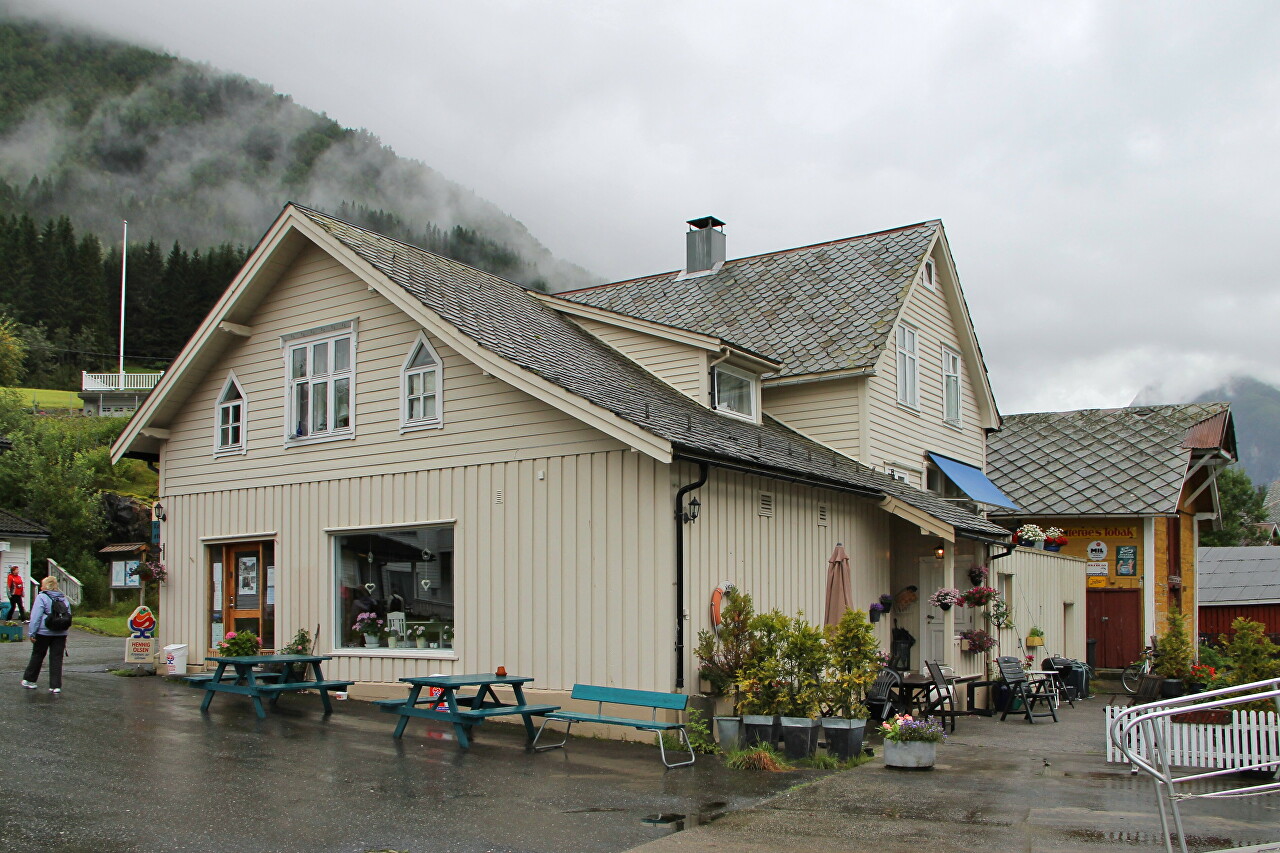
Currently, about 300 people live in Fjærland, and the inhabitants are engaged in agriculture and tourist services. Despite its tiny size, it has everything you need for a normal life - several shops, a school, a kindergarten, a post office, a library. It offers tourists - cafes and souvenir shops, there is a tour desk that organizes ascents to the nearest glaciers.
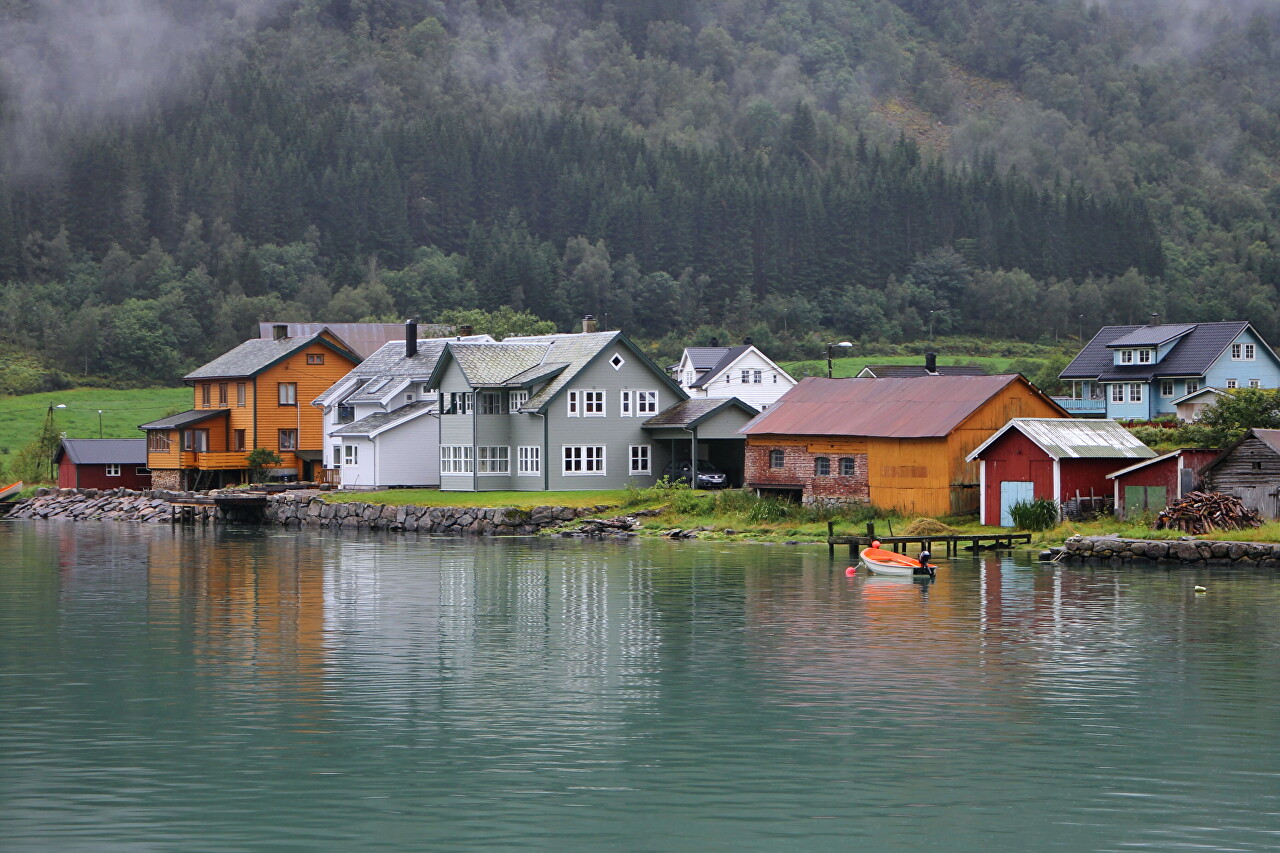
For many centuries, Mundal was accessible only by water, and in 1986 a tunnel (Fjærlandstunnelen) with a length of 6397 meters was built, connecting the village with the E39 highway. The tunnel was opened by former US Vice President Walter F. Johnson. Mondale, whose ancestors come from Mundal farmers. In 1992, the 6758-meter-long Frudalstunnelen tunnel was opened, and the N bus service started running here from Sogndal on weekdays.162. Several intercity buses from Oslo, Bergen and other cities call at Fjærland every day.
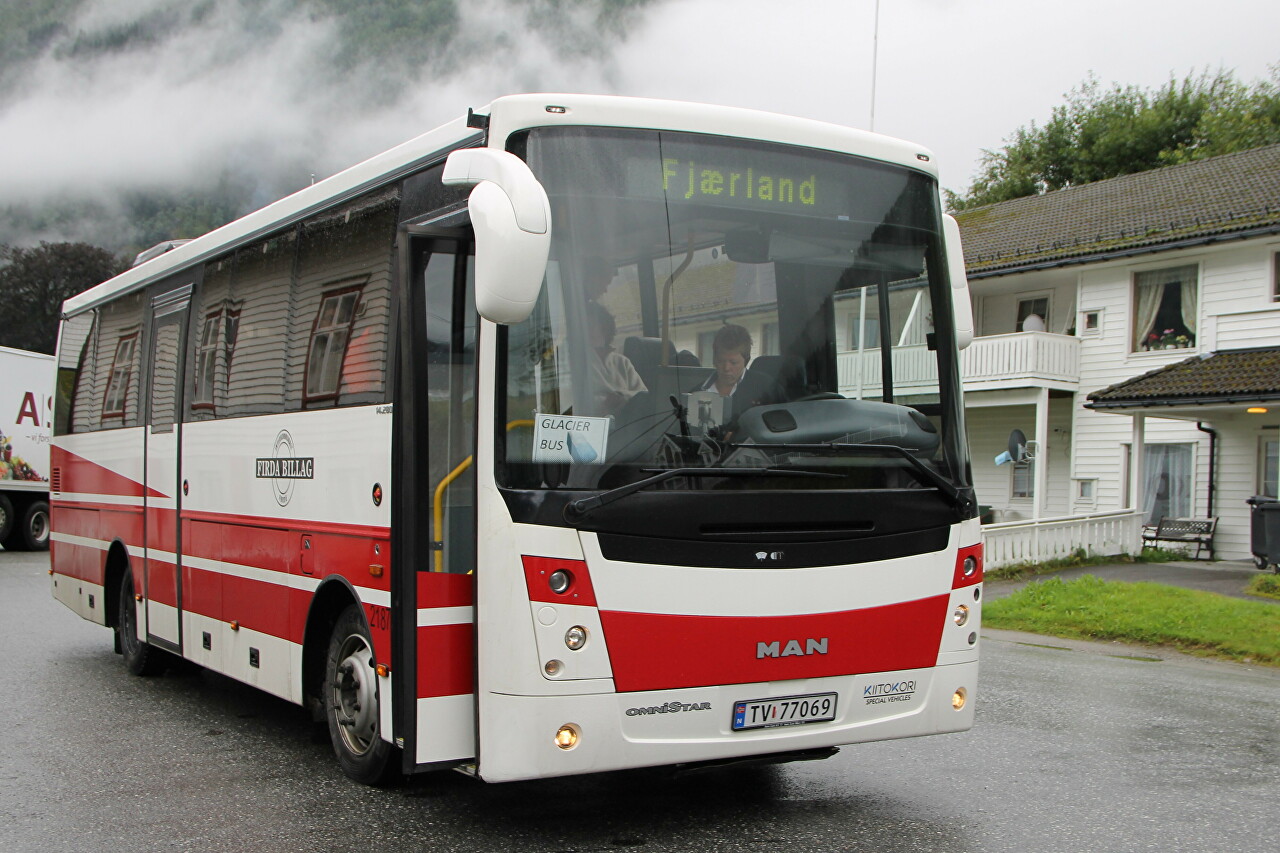
For tourists, of course, it will be more interesting to get from Sogndal to Fjærland by water, admiring the beauty of the Fjord. That's how we got here. The Fjærland-Hella-Balestrand water route is open in summer.
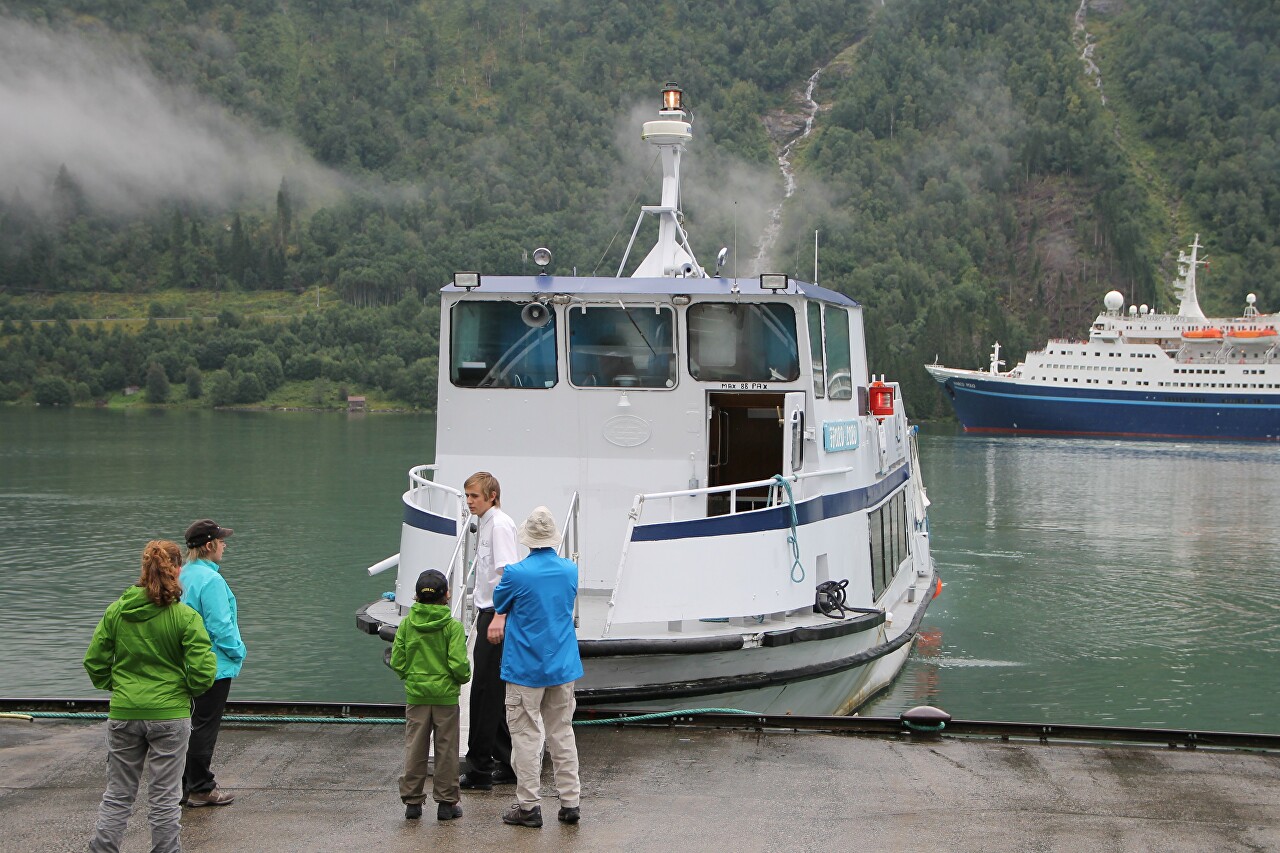
Cruise ships in Fjordland are frequent visitors, today the liner "Marco Polo" was in the roadstead. Here, tourists visit the Norwegian Glacier Museum, and then they are taken to the Nygardsbreen Glacier, located nearby.
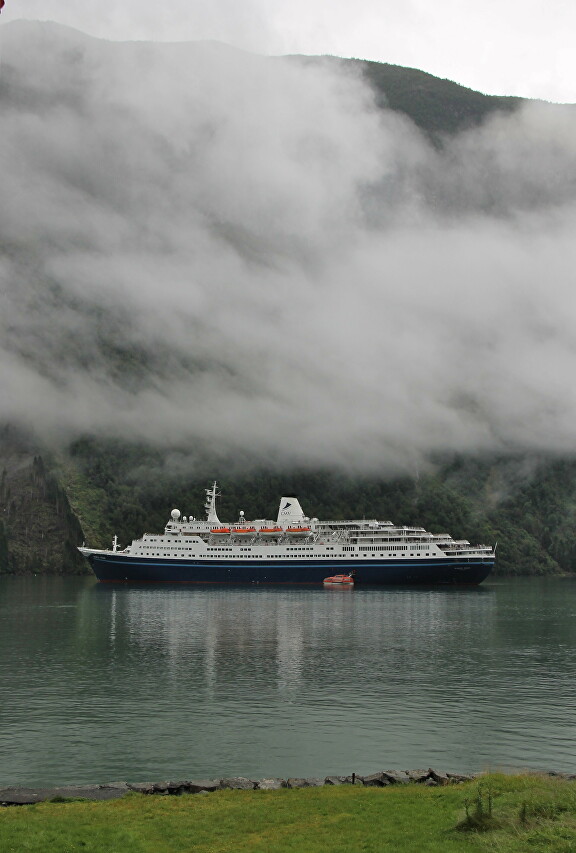
The pier of a small village, of course, can not accept an ocean liner, so tourists are taken to the shore in a lifeboat.
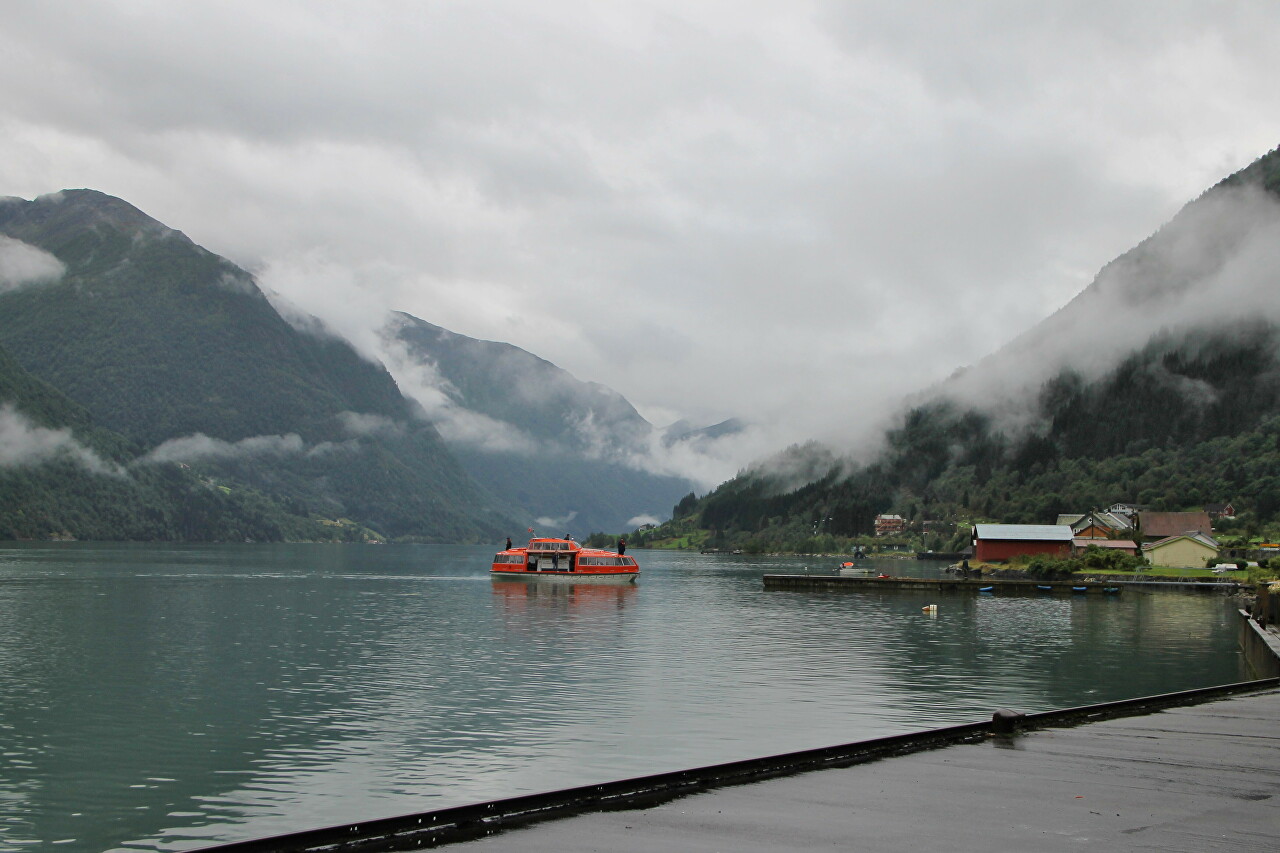
The Mundal Valley is very picturesque, and tourists are offered several hiking trails in the vicinity of Fjærland.
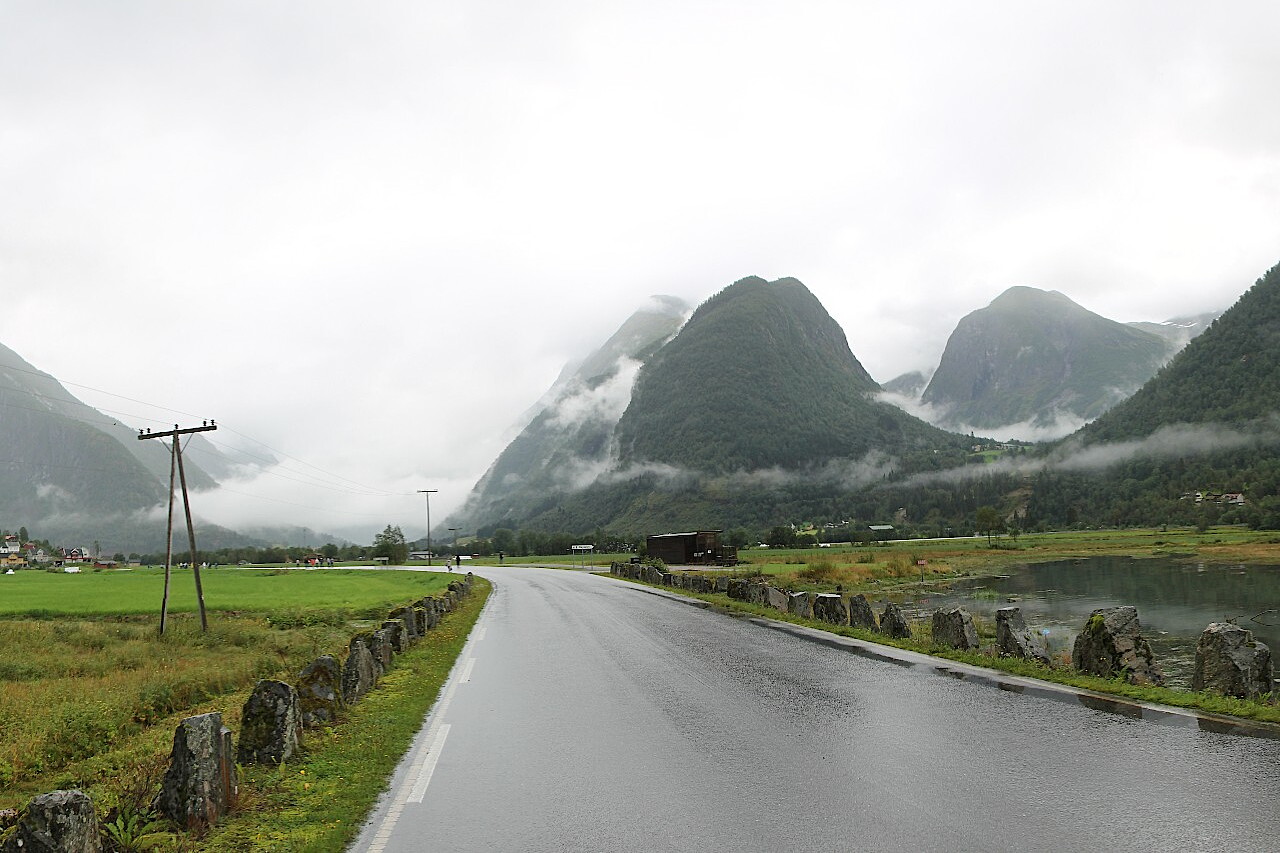
Lovers of peace and fresh air will also enjoy walking along the Fjord's shore.
